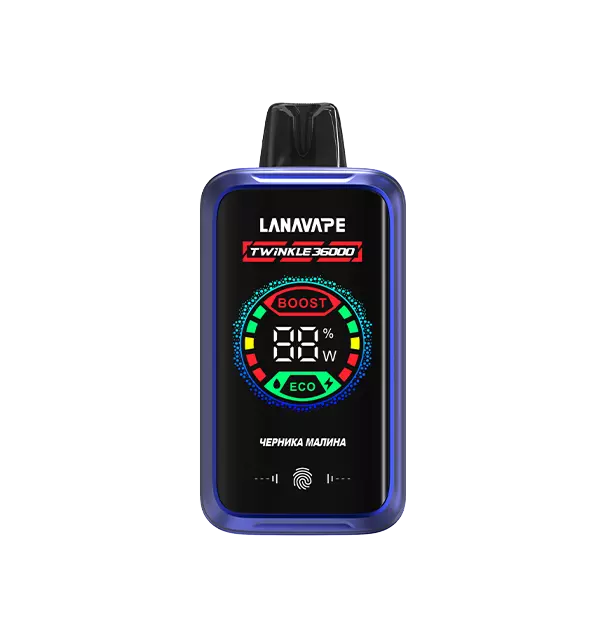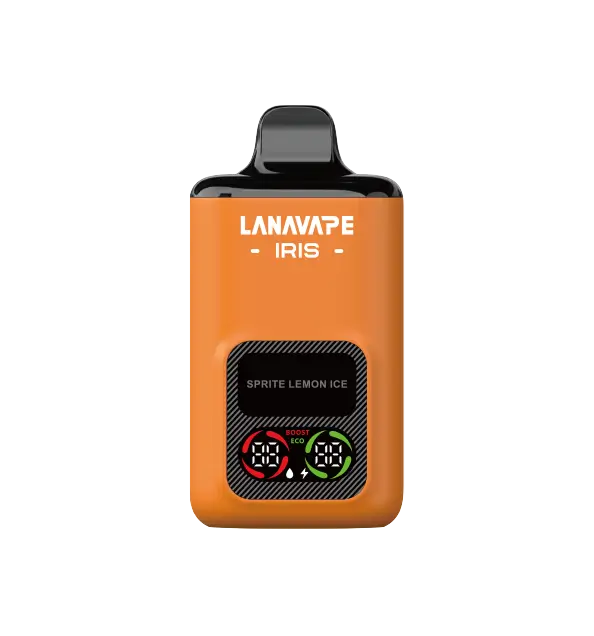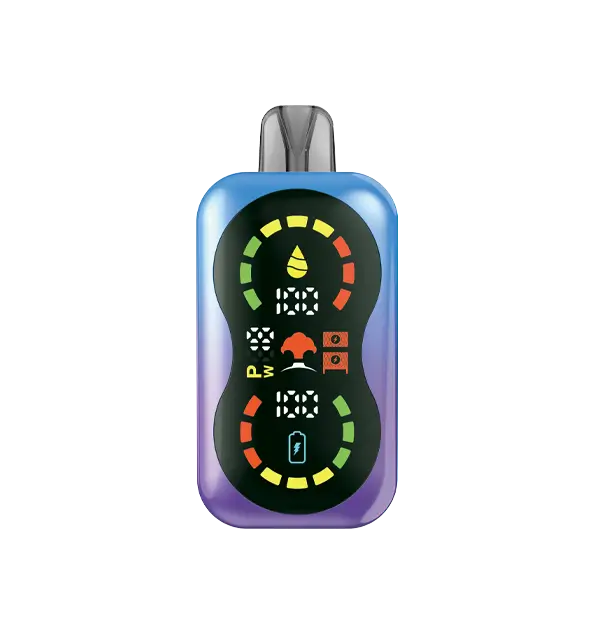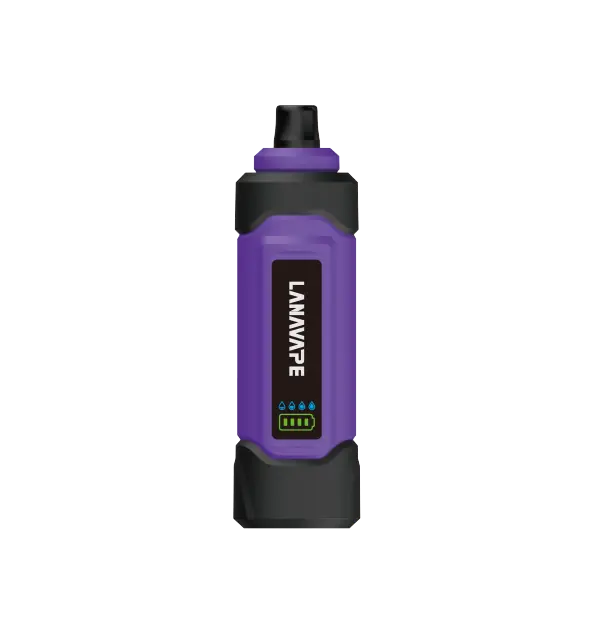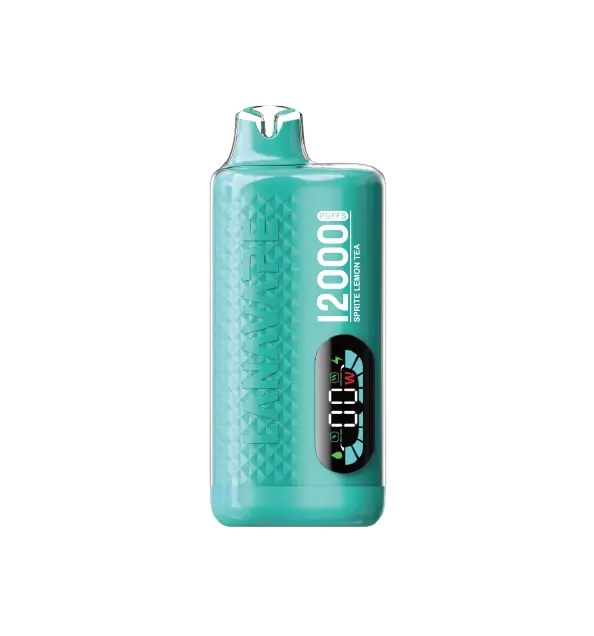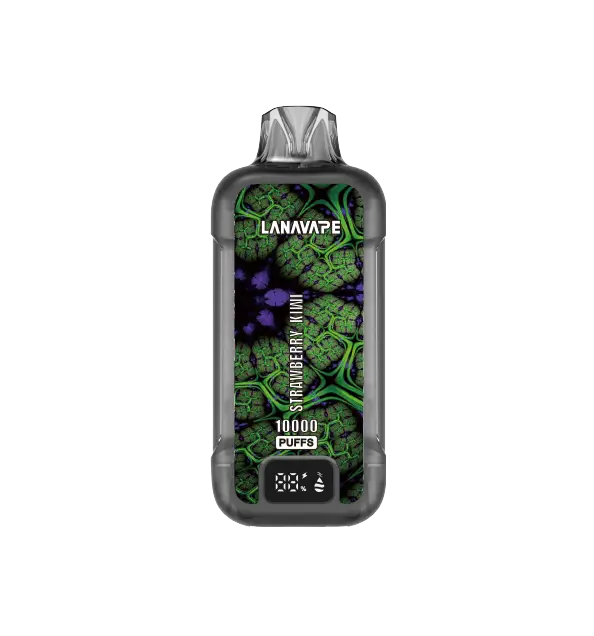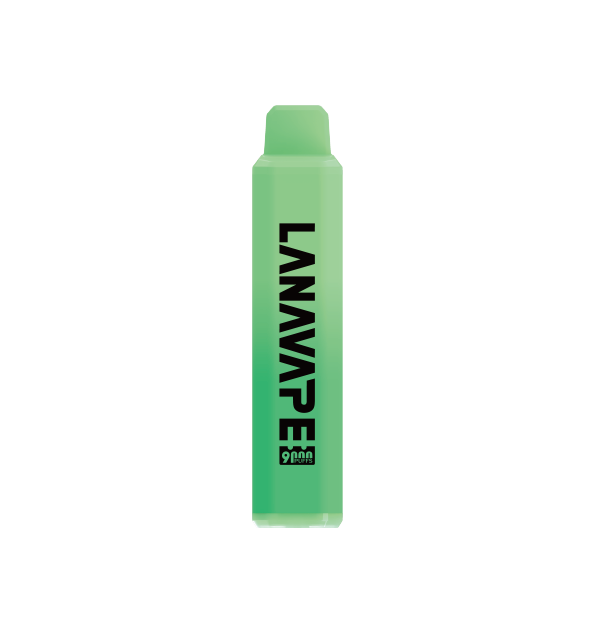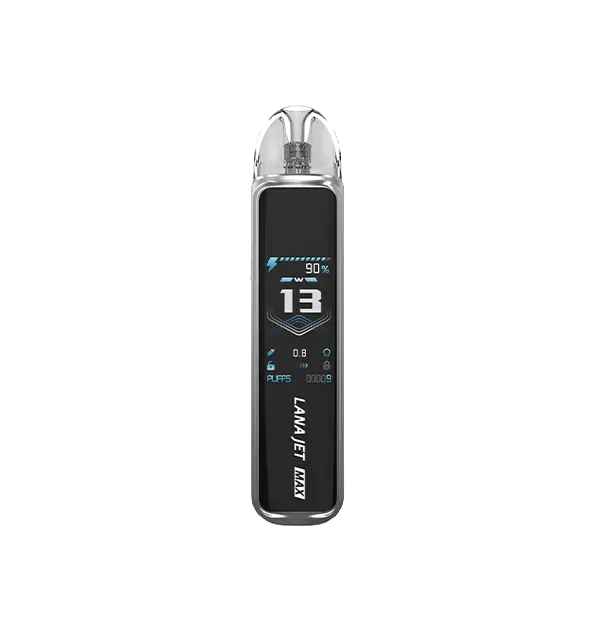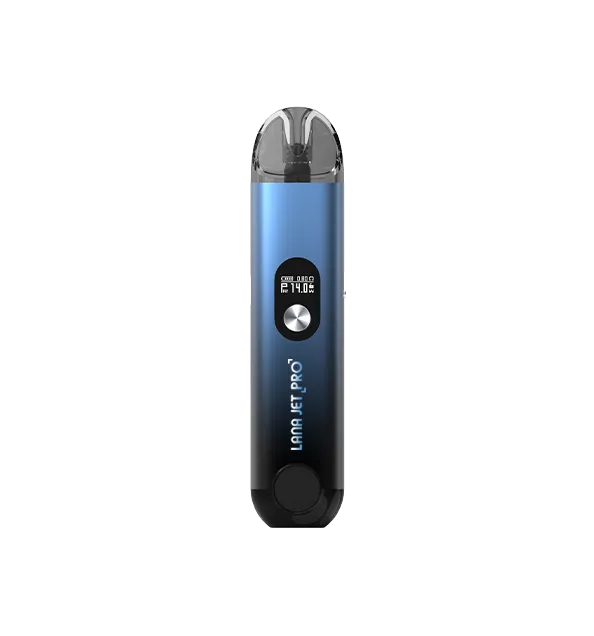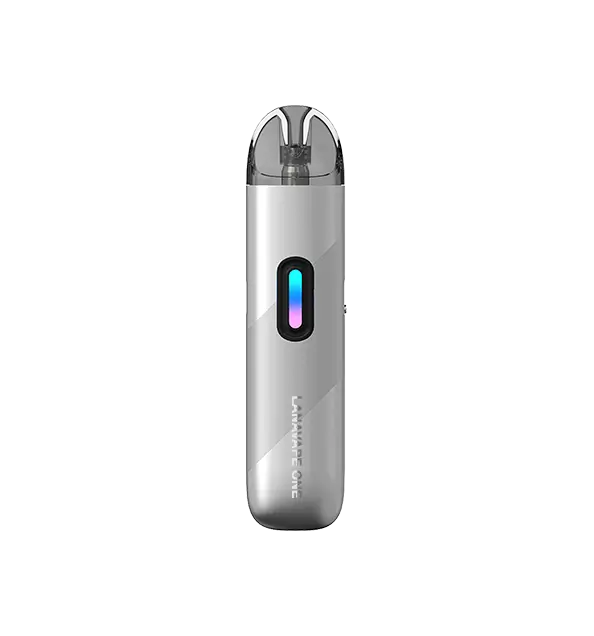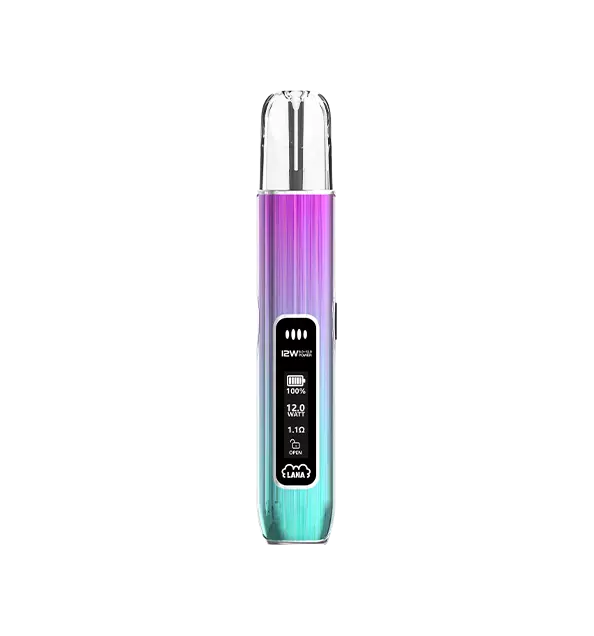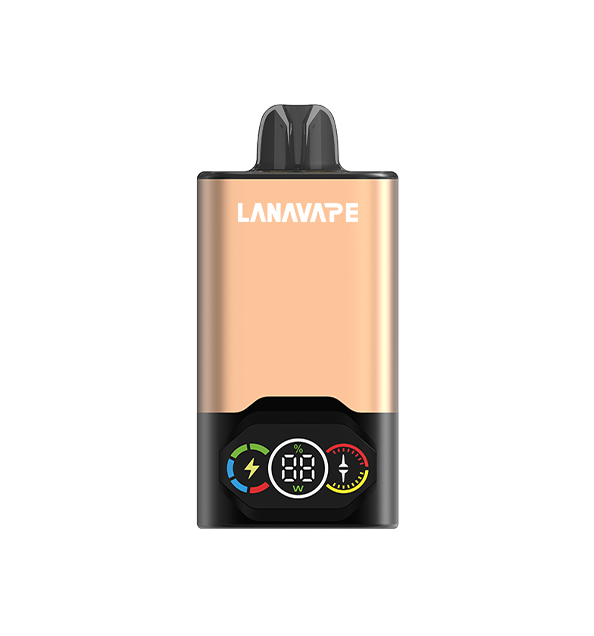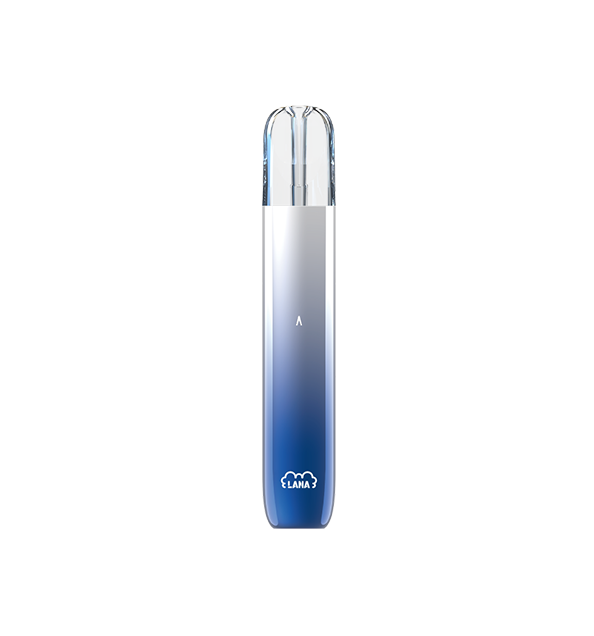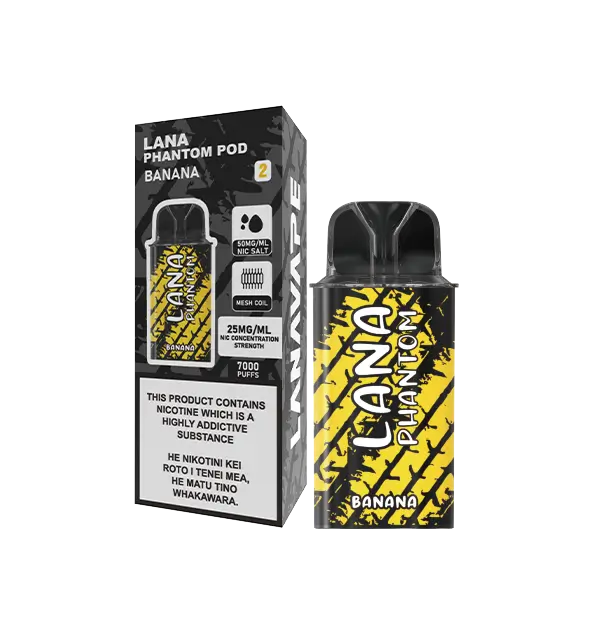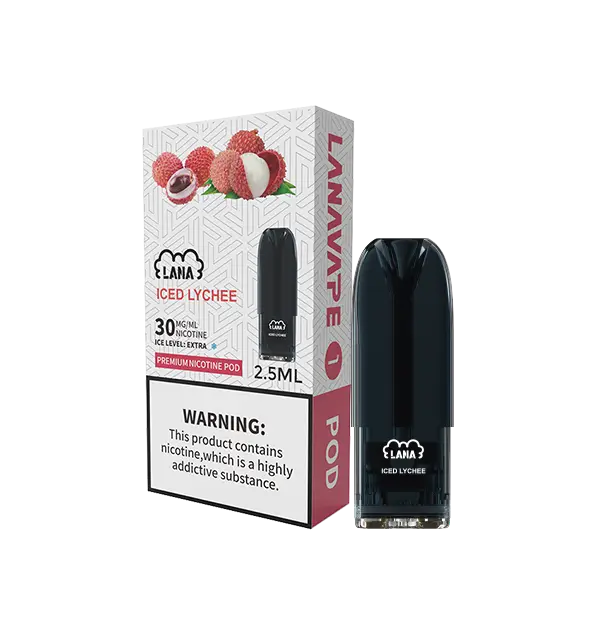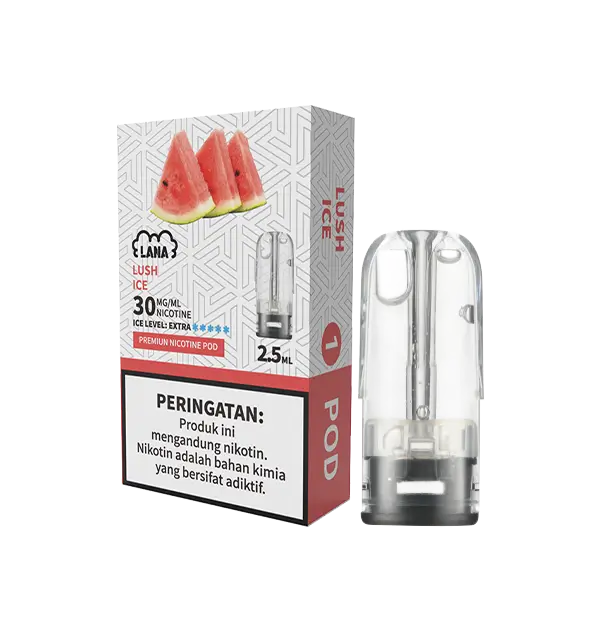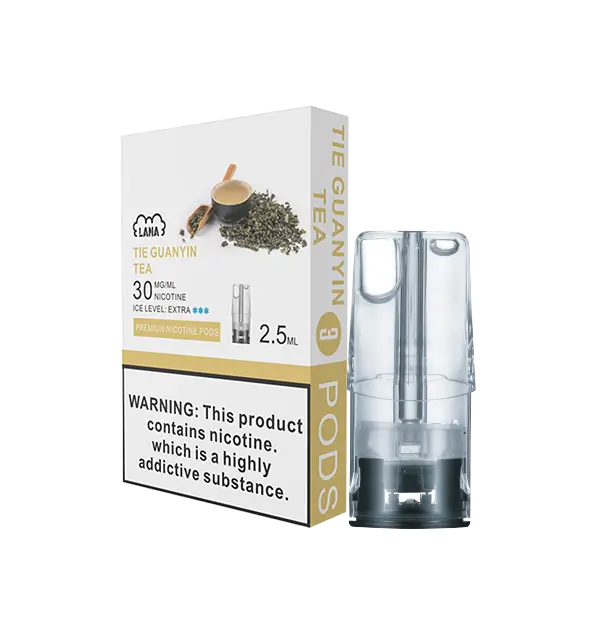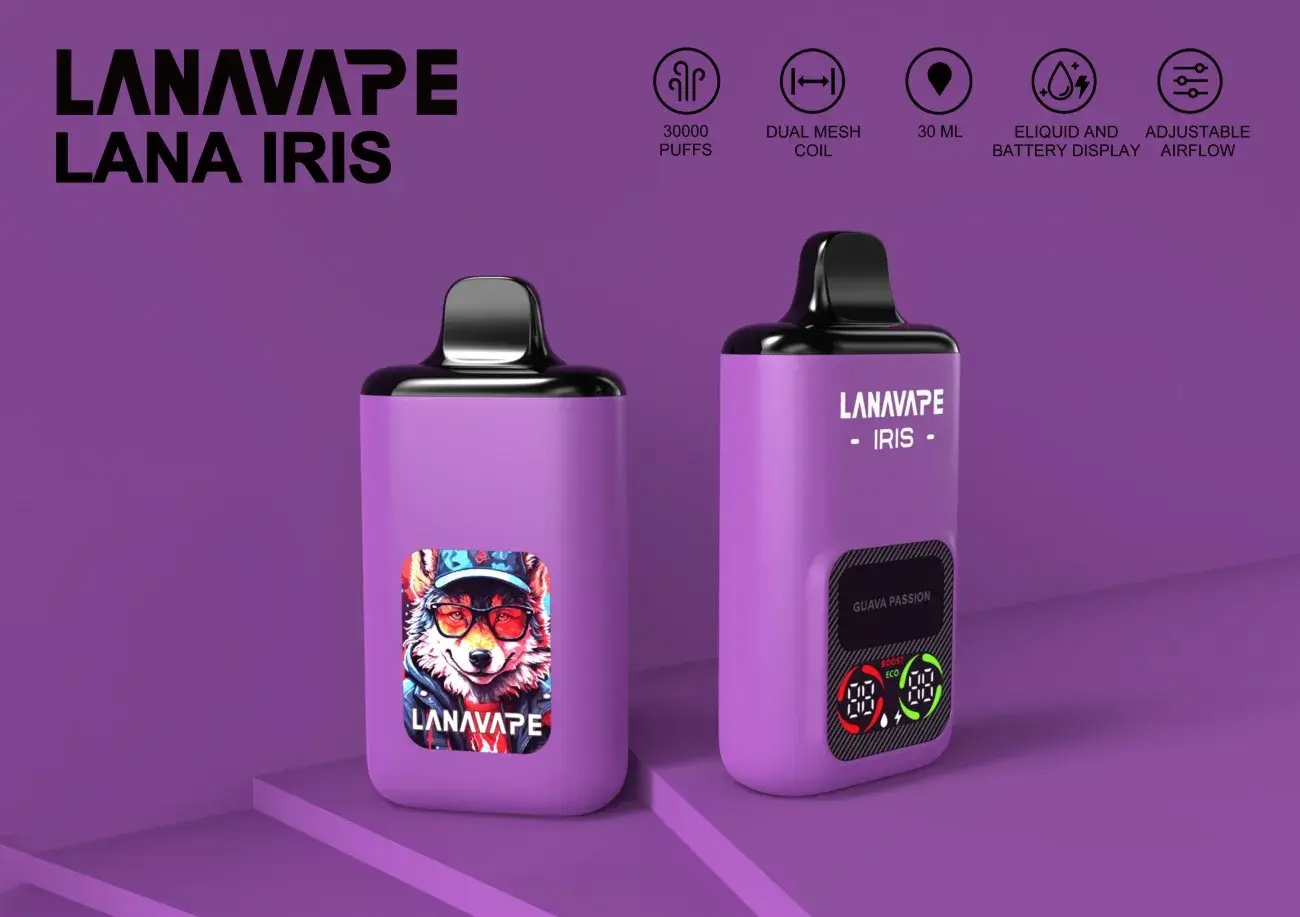
Like tobacco smoke, this aerosol contains nicotine, a highly addictive chemical compound. It’s what keeps you reaching for your cigarettes or your vape. If you are trying to quit smoking, therefore, vaping won’t help, says Dr. Horovitz.
“Vaping sort of resembles what happens in the bloodstream with smoking, where you have a high nicotine level after smoking, followed by a drop.
When you haven’t smoked in a bit, the drop in nicotine in your system will lead you to crave a cigarette. The same craving occurs with e-cigarettes.
“Vaping perpetuates that cycle,” says Dr. Horovitz. “It may not allow for quitting because, physiologically, it allows for the same nicotine peaks and troughs to occur.”
Vaping aerosol, according to the American Lung Association, also contains carcinogens, such as formaldehyde and acetaldehyde, which are both aldehydes that are also found in cigarette smoke. Aldehydes are organic compounds that are produced by vaping; the American Lung Association notes that they can lead to lung disease. Dr. Wanner says there’s no evidence that vaping (specifically) leads to lung cancer. However, he points out, “Aldehydes have been implicated in lung cancer development.”
Another chemical of concern: propylene glycol. A clear, colorless liquid with a slightly sweet taste, propylene glycol is generally recognized by the U.S. Food and Drug Administration (FDA) as safe for use in food and tobacco products. However, a small study, published in 2019 in the journal Cancer Prevention Research, found that propylene glycol caused a small but significant amount of inflammation in the lungs after just a month of vaping.
“It’s these two [propylene glycol and aldehydes] that can cause some inflammatory changes in the airways when inhaled,” he says.
Dr. Horovitz says that another vaping chemical, diacetyl, can cause permanent harm to the lungs. “What can happen in the lungs [when you inhale diacetyl] is something called bronchiolitis obliterans, popularly known as popcorn lung,” he explains.
It leads to scarring that causes the lungs’ airways to narrow and thicken, making it difficult to breathe. The name popcorn lung was adopted after workers in a microwave popcorn factory developed the condition, which was traced to diacetyl, a flavoring agent they inhaled during the manufacturing process. According to the American Lung Association, that chemical has been removed from popcorn, but it is still found in e-cigarettes.
How much do you have to vape before this occurs? Experts don’t yet know.
“Some people are more sensitive to vaping than others,” says Dr. Horovitz. “It’s not clear what the dose response relationship is, but popcorn lung can be seen in teenagers.”
Should You Vape if You Are Trying to Quit Smoking?
Quitting smoking is the best thing you can do to reduce your risk of COPD. It’s also the most important thing to do if you are diagnosed with the disease, as smoking will make it worse. As Dr. Wanner says, vaping may be better than smoking, but that doesn’t mean doctors recommend it. It does real harm.
“Lung damage and the pulmonary pathology it causes is well established, and it’s bad,” says Dr. Horovitz.
The FDA does not recognize vaping as a smoking cessation tool, and the American Lung Association advises people to avoid e-cigarettes. Both Dr. Horowitz and Dr. Wanner recommend nicotine substitutes, like patches and gums, which come in varying levels of strength.
“Nicotine patches give you a steady nicotine level over time, and you can go from a top strength patch down to a less strong patch and eventually wean yourself off,” says Dr. Horowitz.
For more info on how to quit smoking, talk to your doctor or visit the American Lung Association.

